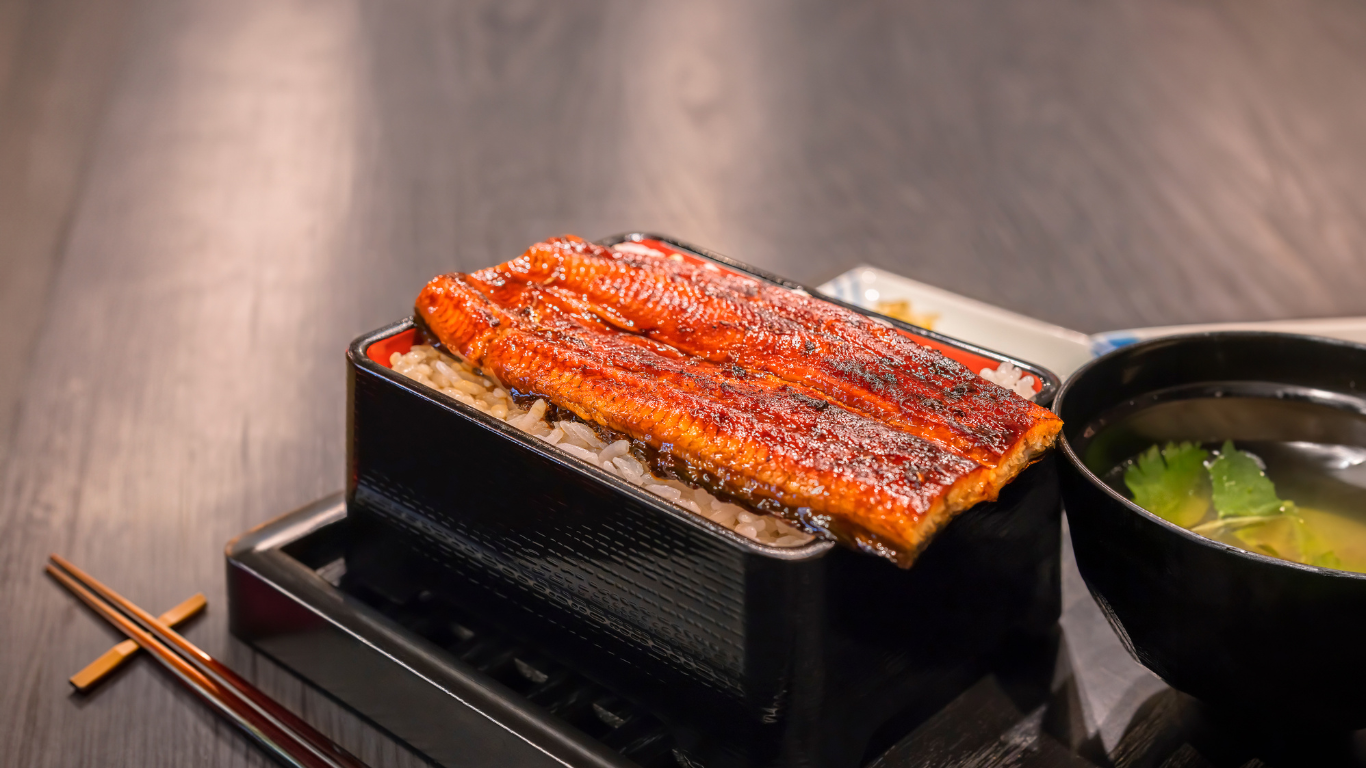Eel soup is a culinary gem cherished in various cuisines worldwide. Known for its rich flavor, health benefits, and cultural significance, this dish has a fascinating history and an evolving presence on dining tables across continents. Whether you’re a food enthusiast or someone curious about unique recipes, this guide will provide everything you need to know about eel soup.
What is Eel Soup?
Eel soup is a dish made using eels as the primary ingredient, often combined with vegetables, herbs, and spices to create a flavorful broth. It’s particularly popular in Asian and European cuisines, where it is revered for its unique taste and nutritional value.
Key Characteristics
- Main Ingredient: Freshwater or saltwater eels.
- Preparation Style: Boiled, stewed, or simmered to extract maximum flavor.
- Taste Profile: Rich, savory, with a hint of sweetness depending on the recipe.
- Texture: Smooth, with tender eel meat and a hearty broth.
The Origins of Eel Soup
It has deep roots in culinary history, with different regions contributing unique variations to the dish.
Historical Significance
- Asian Influence: In Japan and Korea, eel soups like “unagi soup” are traditional delicacies served during special occasions.
- European Roots: Countries like England and the Netherlands have long histories of eel consumption, with recipes for eel soup dating back centuries.
- Indigenous Traditions: Many coastal and river communities have relied on eel as a staple protein source, incorporating it into soups and stews.
Types of Eel Used in Soup
Different species of eels are used in eel soups, depending on regional availability and culinary preferences.
Common Varieties
- Freshwater Eel (Unagi): Popular in Japanese and Korean cuisine.
- European Eel (Anguilla anguilla): Found in traditional European recipes.
- Conger Eel: Common in Mediterranean and Atlantic regions.
- American Eel: Used in North American coastal dishes.
Choosing the Right Eel
- Freshness: Look for firm, shiny skin and a fresh smell.
- Source: Opt for sustainably sourced eels to support conservation efforts.
Nutritional Benefits of Eel Soup
It is not only a treat for your taste buds but also a powerhouse of nutrients.
Key Nutrients
- Protein: Eels are rich in high-quality protein, essential for muscle repair and growth.
- Omega-3 Fatty Acids: Promotes heart health and reduces inflammation.
- Vitamins and Minerals: Contains Vitamin A, B12, calcium, and iron.
- Low in Saturated Fats: Making it a healthier choice compared to other meat-based soups.
Health Benefits
- Boosts immunity.
- Improves skin health.
- Supports brain function.
- Provides sustained energy.
Popular Eel Soup Recipes
Its recipes vary across cultures, offering a diverse range of flavors and ingredients.
Japanese Unagi Soup
- Ingredients: Freshwater eel, soy sauce, mirin, sake, dashi stock, and green onions.
- Preparation: The eel is grilled before being added to a simmering broth.
- Serving: Garnished with green onions and served with rice.
Korean Jangeo-Tang
- Ingredients: Freshwater eel, garlic, ginger, gochujang (spicy red pepper paste), and vegetables.
- Preparation: The eel is simmered with vegetables and spices for a hearty, spicy soup.
- Serving: Often served as a restorative dish.
European Style Eel Soup
- Ingredients: European eel, potatoes, leeks, carrots, parsley, and white wine.
- Preparation: A clear broth is made by simmering the eel with vegetables and herbs.
- Serving: Accompanied by crusty bread.
Chinese Eel Soup
- Ingredients: Eel, ginger, garlic, soy sauce, and mushrooms.
- Preparation: Eel is stir-fried before being added to a broth flavored with ginger and garlic.
- Serving: Garnished with cilantro.
Cooking Tips for the Perfect Eel Soup
- Handle with Care: Eel skin can be slippery, so use a towel or gloves while cleaning.
- Deboning: Remove any small bones for a smoother eating experience.
- Marination: Marinate eel in soy sauce, ginger, or vinegar to enhance flavor and reduce any fishy smell.
- Simmering: Cook on low heat to extract maximum flavor and maintain the eel’s tender texture.
- Seasoning: Balance the saltiness with acidity (lemon or vinegar) for a well-rounded taste.
Cultural Significance of Eel Soup
It has a special place in many cultures, often associated with health, wealth, and celebration.
- Japan: Unagi soup is served during the summer to combat fatigue.
- Korea: Eel dishes symbolize stamina and vitality.
- Europe: Seen as a gourmet dish, especially in the Netherlands and Italy.
- Coastal Communities: A symbol of sustenance and resourcefulness.
Where to Try Authentic Eel Soup
If you’re not ready to make eel at home, try these places for authentic experiences:
- Specialty Restaurants: Japanese and Korean restaurants often feature eel on their menus.
- Street Food: In countries like the Philippines and Indonesia, you’ll find street vendors serving fresh eel soup.
- Cultural Festivals: Food festivals in Europe and Asia often showcase eel-based dishes.
Eel Soup and Sustainability
With increasing concerns about overfishing, it’s essential to consider sustainability when consuming eel.
Tips for Sustainable Consumption
- Opt for farmed eels certified by sustainable organizations.
- Avoid consuming endangered species.
- Support local fisheries that use eco-friendly practices.
Conclusion
Eel soup is a flavorful, nutritious, and culturally rich dish that has stood the test of time. From its deep-rooted traditions to modern culinary innovations, it continues to captivate palates worldwide. Whether you’re savoring it at a restaurant or preparing it at home, it offers a unique gastronomic experience worth exploring.
By choosing sustainable options and experimenting with diverse recipes, you can enjoy eel responsibly while appreciating its heritage and health benefits. Dive into the world of eel and discover a dish that’s as enriching as it is delicious.




